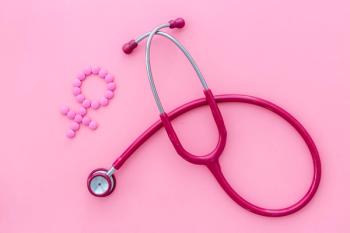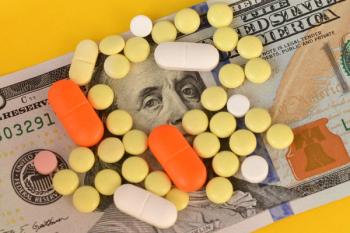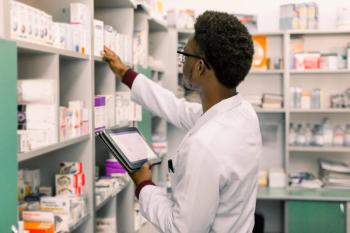
Prices for Generic Drugs Fall by About 9%; Third Decrease in Three Years
The average price of generics is about one-eighteenth the price of the brand product.
Retail prices for a market basket of 390 generic drugs fell by an average of 9.3% between 2016 and 2017, according to the AARP Public Policy Institute. This is the third consecutive year of substantial price drops and is part of a general decrease in the prices of generic drugs over the past 15 years.
The report on
Of the 390 generic drug prices analyzed, 90 had a price increase in 2017. Six had a price increase that was more than 70%, and one (sertraline HCL 50-mg tablet) had an increase of 200%.
The drop in generic drugs is not surprising, says Stephen W. Schondelmeyer, PharmD, PhD, professor and head of the Department of Pharmaceutical Care and Health Systems at the University of Minnesota College of Pharmacy and director of the PRIME Institute. “Historically, we expect to see prices go down when generic drugs compete effectively.”
There had been a period of time, in 2013 and 2014, when generic drug prices went up, which was more surprising, Schondelmeyer says. He is a member of the Editorial Board for Drug Topics.
The 9.3% drop in 2017 is in comparison to an average rate of inflation of 2.1%. But this decrease does not completely reflect the prices of generic drugs overall, Schondelmeyer notes. Several drugs in this market basket had just gone off patent, when the price for the generic can drop by 50% to 70% from the brand price. These newer generic drugs keep the average price for all the products down, he says.
The average price for the generic drugs in the group studied was $365 per year, according to the report. In contrast, the average price for a year’s treatment by a widely used brand name drug in 2017 was $6,798, a differential of 1800%. The differential between generic prices and brand prices has grown sharply in recent years, because brand name drugs have increased in price and generics have decreased. In 2013, the average generic cost $751-more than twice as much as in 2017-compared to the average brand name drug cost of $4,308 at that time.
Most of this increasing differential is due to the rising prices of brand name drugs; Schondelmeyer does not expect Congressional scrutiny of drug prices to change this. “Drug companies don't seem to respond to naming and shaming and public policy. It doesn't seem to have affected behavior over time. So unless Congress steps up and actually passes some kind of legislation that would meaningfully influence the pricing behavior, I don't expect a dramatic change in those ratios.”
Since an older person in the United States takes an average of 4.5 prescription drugs, at $365 per year, the report states that this added up to an average annual cost of $1,642 for that many generic drugs in 2017.
About 90% of all retail prescriptions in the United States are for generic drugs, the report says. “The availability of economically competitive and lower-cost generic drugs will take on added importance as more brand name drugs and biologicals enter the market with unusually high prices,” it notes.
AARP’s Rx Price Watch also looks at brand name prices. The report on brand prices can be read
Newsletter
Pharmacy practice is always changing. Stay ahead of the curve with the Drug Topics newsletter and get the latest drug information, industry trends, and patient care tips.





























































































































